Social well-being through open space planning: The Navi Mumbai case study - Question of Cities
$ 14.99 · 5 (652) · In stock
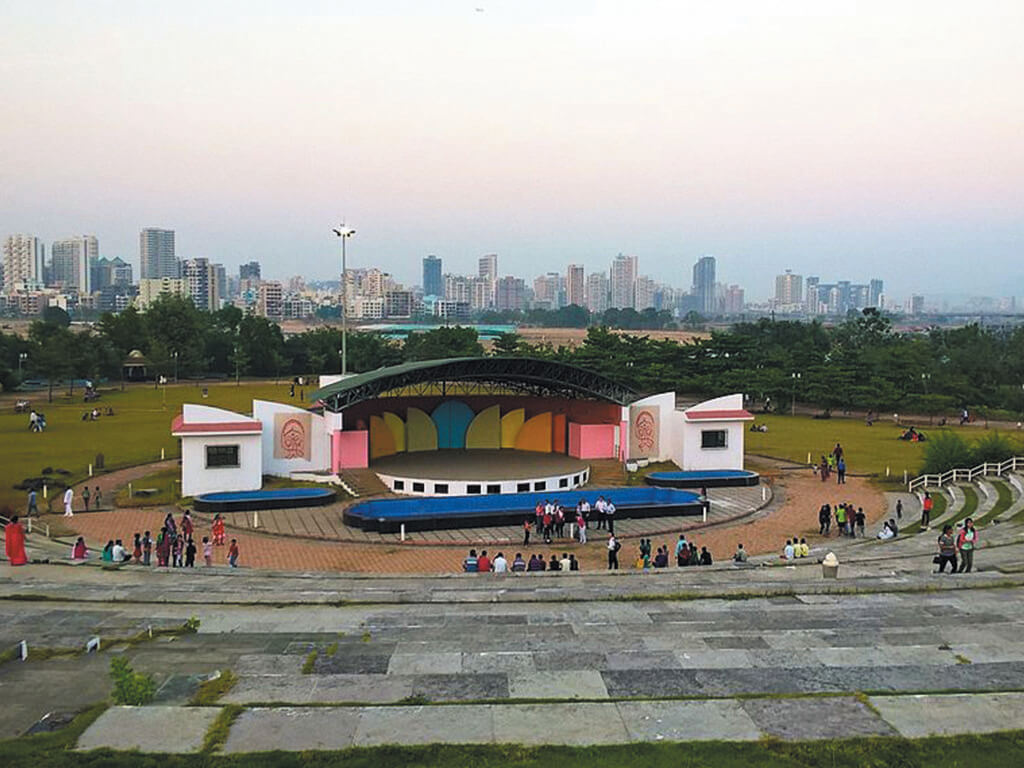
The new city on a vast greenfield area across the Mumbai harbour was planned in the 1960-70s to decongest the increasingly-dense Mumbai. The master plan for Navi Mumbai, modelled on self-reliant inter-connected nodes, each with amenities for housing as well as green open spaces, has been implemented over the last few decades – with success. Navi Mumbai meets the parameters and follows the hierarchy of green open spaces in each of the seven planned nodes. These spaces are major contributors to the social well-being of people living and working in them, they are also a successful and efficient climate-resilient tool.

Post Listing Layouts - Question of Cities
Yogesh Dandekar on LinkedIn: #wayfindingsignage #urbantransport

PDF) The Patterns of Mobility and the Socio-Spatial Environments
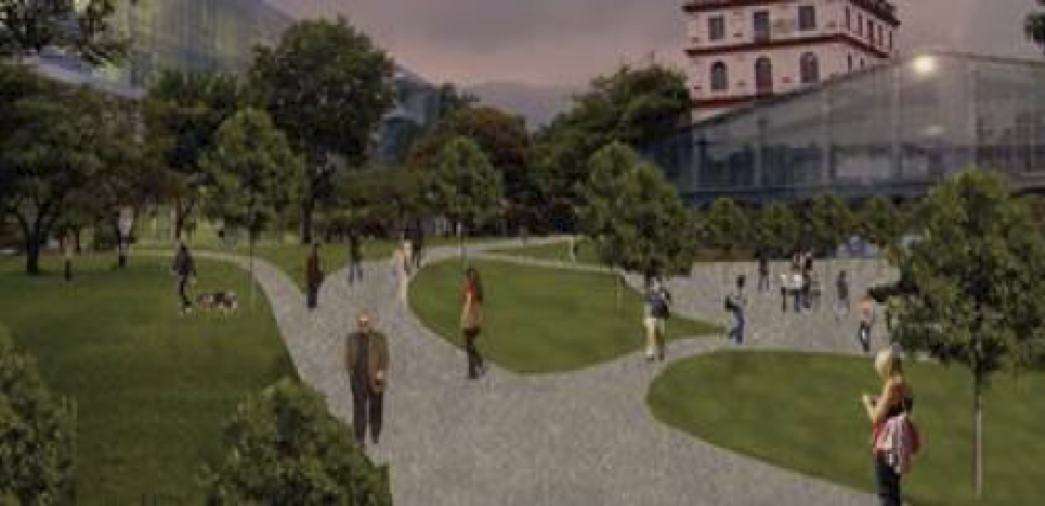
Do urban green corridors work? It depends on what we want them to do. What ecological and/or social functions can we realistically expect green corridors to perform in cities? What attributes define
Yogesh Dandekar on LinkedIn: This is lovely use of Ai and tech to
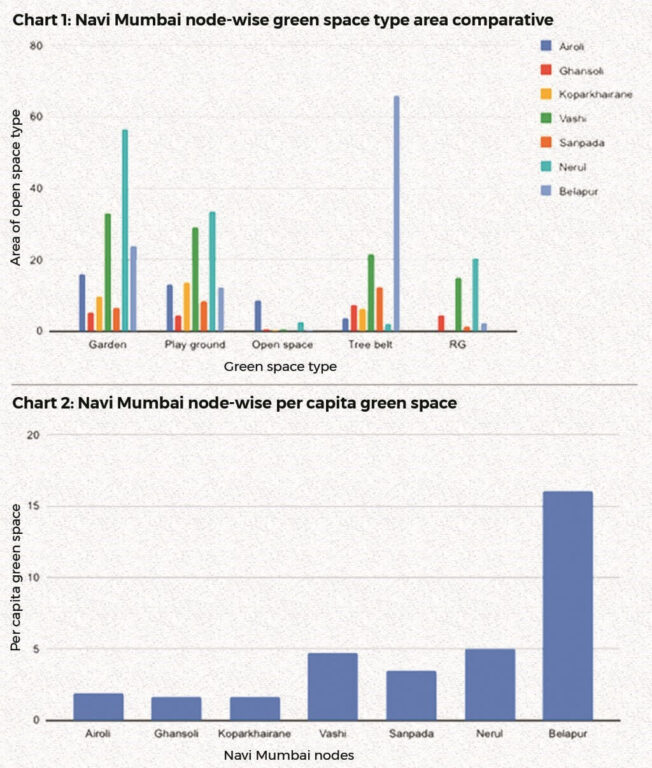
Social well-being through open space planning: The Navi Mumbai case study - Question of Cities
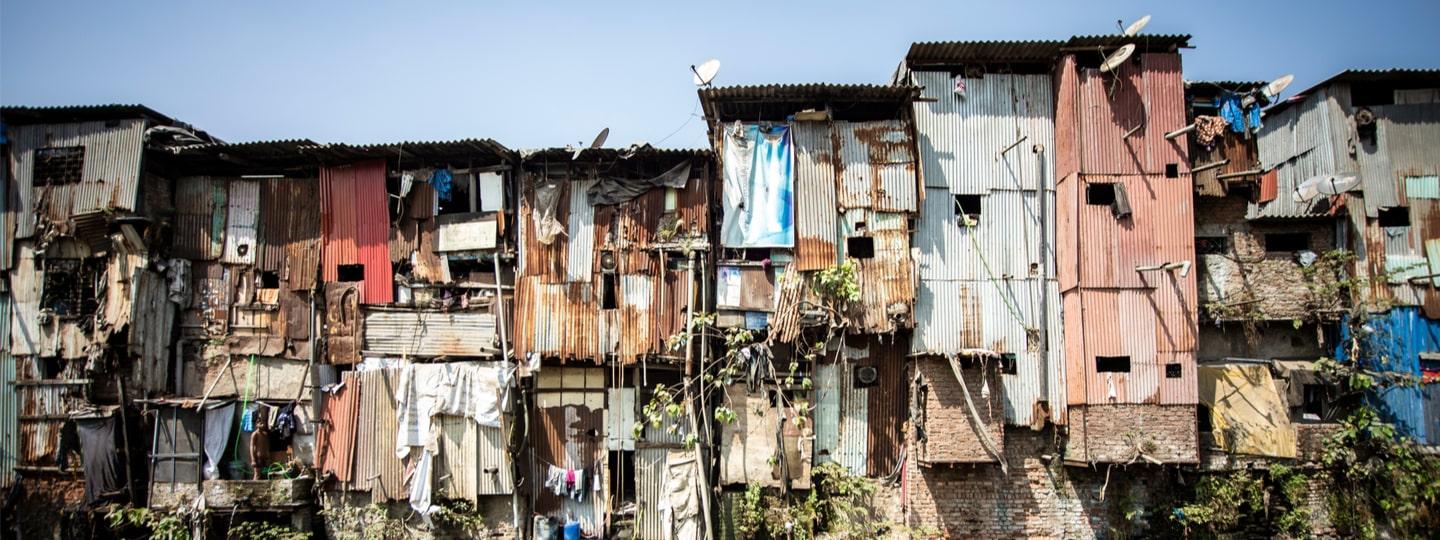
Poorly planned urban development as a risk driver of disaster
Yogesh Dandekar on LinkedIn: Bringing you the story of an emerging
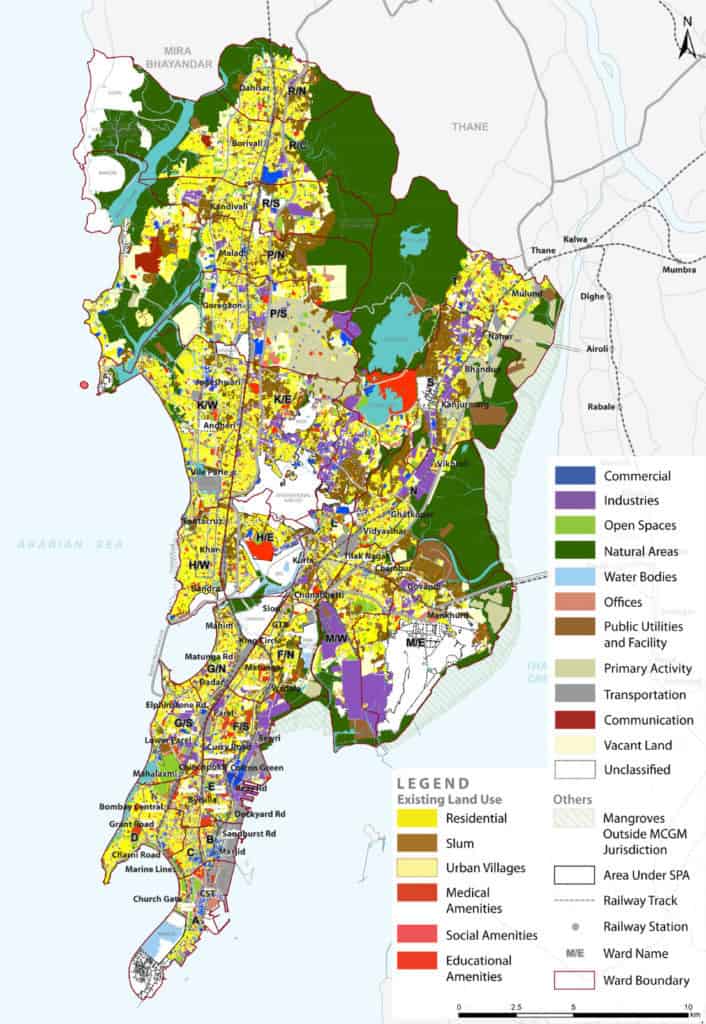
Mumbai has less green than what masterplan shows: just 1 sq m per
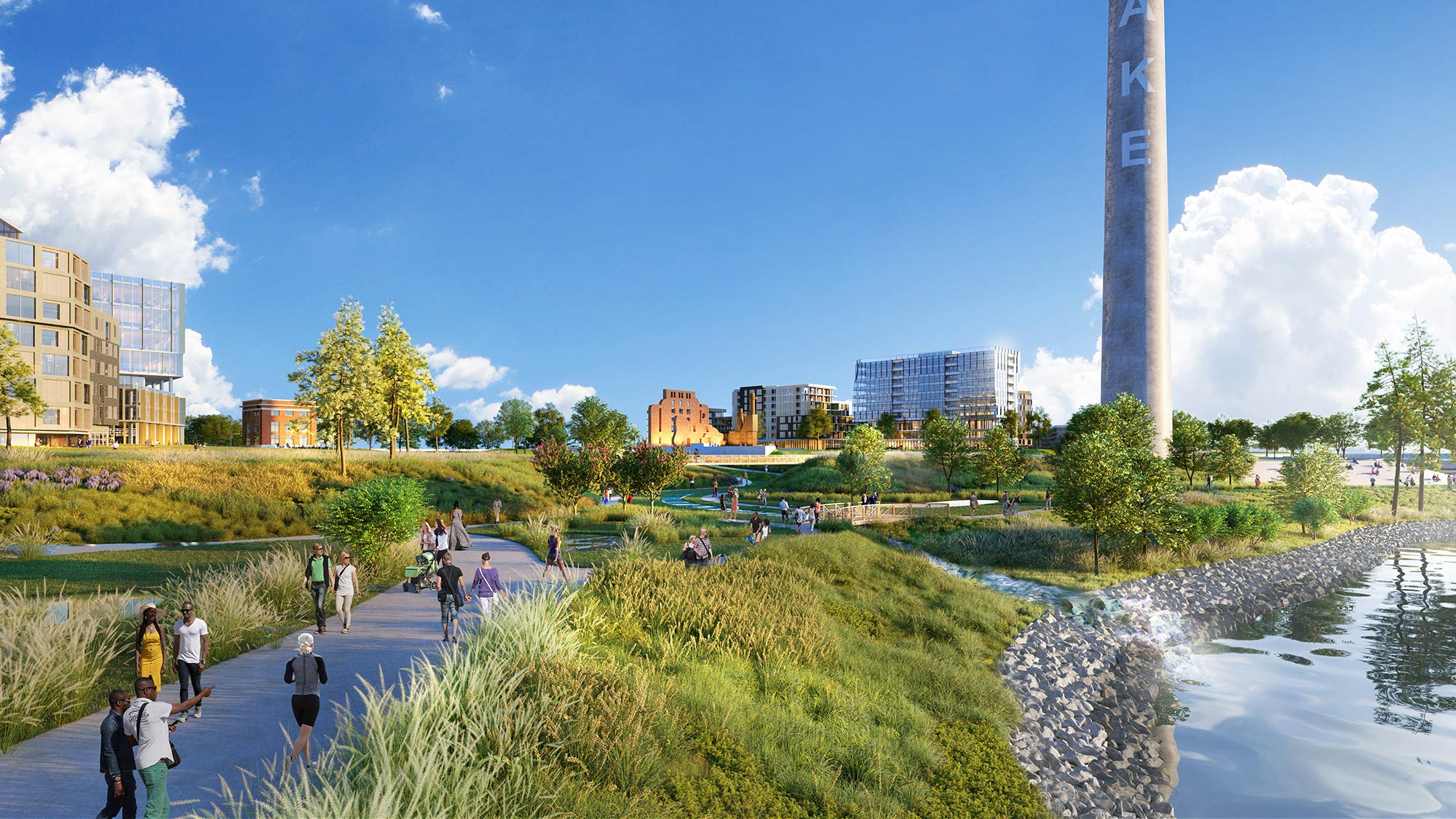
Avon Lake Renewable Master Plan
Yogesh Dandekar on LinkedIn: 2024 Abu Dhabi & Dubai
Yogesh Dandekar on LinkedIn: #wayfindingsignage #design
Comfort Group on LinkedIn: A commercial space project located in
![]()
Sustainability Can Be About Operations And Services Not

Navi mumbai





